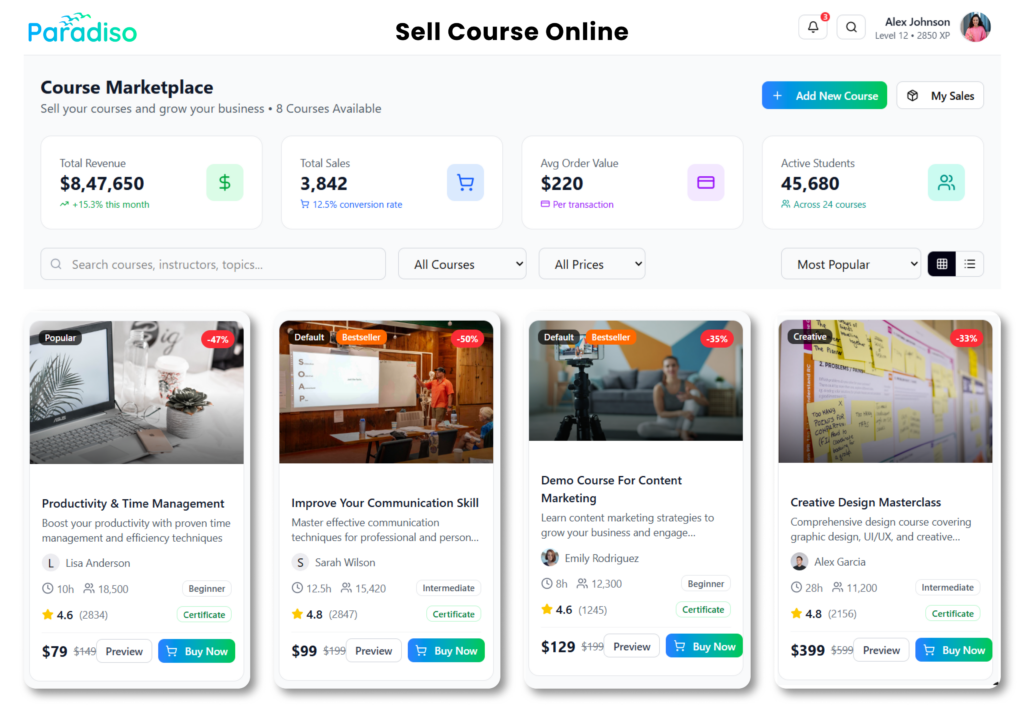In the fast-paced world of business partnerships, staying ahead of the game is crucial for success. That’s where partner enablement comes in. It’s all about empowering organizations to work effectively together and achieve immense growth. Instead of just managing partnerships, partner enablement gives partners the tools, resources, and knowledge they need to excel.
This detailed guide takes a deep dive into partner enablement. It covers this field’s basic principles, best practices, and future trends. By embracing partner enablement, businesses can tap into the collective wisdom of their partner network. It fosters innovation and helps them gain an edge over competitors.
Throughout this transformative journey, you’ll learn how to build strong partner networks, support valuable collaborations, and adapt to the ever-changing business landscape. So get ready to unlock the full potential of partnerships. It’s where collaboration meets empowerment, and a future full of exciting possibilities awaits.
What is Partner Enablement?
Partner enablement involves providing your partners with the tools, training, and information to sell your product or service and generate leads effectively. It includes sharing technical resources, branding materials, and sales-related items with various outlets and channels, such as resellers, distributors, and managed service providers.
Partner enablement can be challenging because each channel partner has different levels of technical expertise and sales skills. Some partners may excel at sales but need help with product functionality, while others may have deep product knowledge but require assistance with lead generation. This diversity can make it tricky to align everyone’s efforts and goals.
Partner Sales enablement requires careful coordination and attention to each partner’s needs. Success lies in providing adequate support and resources for everyone involved. To implement a successful partner enablement program, you must understand the specific type of channel partner you require and tailor your approach accordingly.
Lastly, partner enablement aims to equip your partners with the right tools and knowledge to excel in selling your product or service. It requires understanding each partner’s unique strengths and challenges and providing the necessary support to ensure collective success in driving sales and generating leads.
Let's Explore Different types of Channel Partnerships
Reseller
Original Equipment Manufacturer
Distributor
Managed Service Provider
Reasons You Should Pay Attention While Considering Channel Partner Enablement
Shorter Sales Cycles Impact Competitiveness
Higher Conversion Rates Drive Success
Scale Your Influence within Partner Networks
Lower Attrition for Sustainable Partnerships
Essential Components of a Partner Enablement Program
Effective Partner Onboarding and Enablement
Education on Products, Services, or Solutions
Enhance Partner Sales and Marketing Training Skills
Equip Partners with Essential Tools and Resources
Continuous Evaluation Process for Partner Success
Advance Programs through Continuous Improvement
Build an Effective partner enablement strategy in 6 Simple Steps
1. Deliver Onboarding and Support That Accelerate Partner Performance
2. Set Clear Objectives That Define Goals and Key Performance Indicators
3. Provide Regular Training Sessions That Sustain Partner Competence
4. Develop Relevant Content and Deliver Valuable Resources to Partners
5. Establish Regular Feedback Sessions That Drive Partnership Growth
6. Ensure Partner Relationship Retention for Prolonged Success
Why Paradiso LMS Is Worth Considering for Channel Partner Enablement
Partner enablement equips channel partners with the tools and knowledge to sell your products or services. It involves onboarding, goal setting, sales training, relevant content, feedback, and relationship management.
Paradiso LMS is a partner sales enablement tool that simplifies partner onboarding, program setup, and lead tracking. It helps you scale campaigns and onboard new partners quickly. With Paradiso LMS, you can create courses using existing documents and presentations, making course creation faster. In just a few minutes, you can create online, in-person, and blended training content like class materials, presentations, webinars, and videos.














